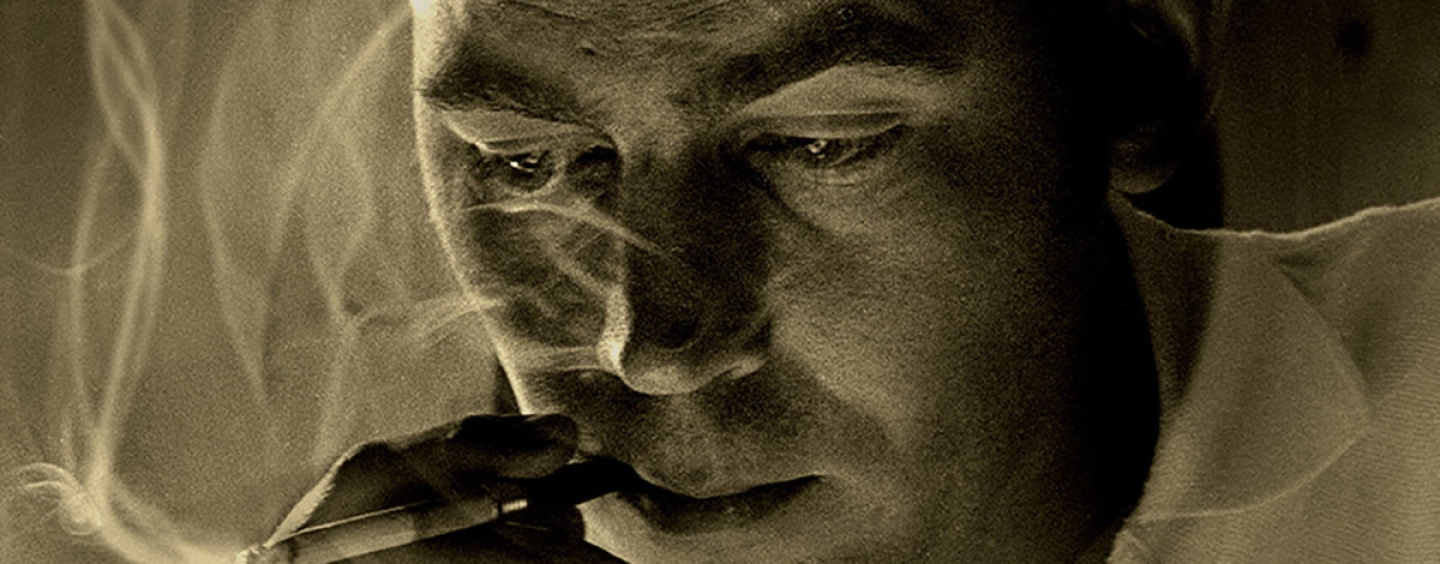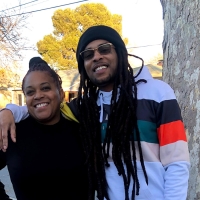Gonzo gusto: Faculty member’s book explores Hunter S. Thompson’s literary journey

“Savage Journey: Hunter S. Thompson and the Weird Road to Gonzo” (University of California Press), Thompson invented gonzo journalism, a first-person, stream-of-consciousness style distinguished with literary panache. Thompson became a counterculture icon for his books such as “Hell’s Angels: A Strange and Terrible Saga,” “Fear and Loathing in Las Vegas” and “The Rum Diary.” He died in 2005 of a self-inflicted gunshot wound. He was 67.
“Savage Journey” traces the accidental creation of gonzo journalism by its mercurial creator as a Bay Area story. Thompson developed the style while living in San Francisco, immersing himself with members of the Haight-Ashbury counterculture and the Hell’s Angels motorcycle club. Gonzo remains an acclaimed and popular blend of journalism and fiction.
“Richardson successfully captures Thompson’s lasting impact, positing him as the intellectual face of Rolling Stone and a thinker who anticipated Donald Trump’s politics,” Publisher’s Weekly wrote. “Literature lovers will find much to consider, as will readers interested in an artist’s struggle to develop a voice.”
In reviewing Thompson’s works and personal letters, Richardson found he took his craft seriously. But it took several years for him to realize that gonzo was not a failure, but his greatest literary asset.
“People think he just got high and wrote down whatever came into his head. And that was not it at all,” said Richardson, who began reading Thompson as a teenager, browsing his older brother’s Rolling Stone magazines. “He really struggled with this stuff.”
When Rolling Stone debuted “Fear and Loathing in Las Vegas” in 1971 as a two-part piece, Thompson worried that nobody would take him seriously as a journalist again. After all, it was based on two debauched weekends gallivanting in the desert (with civil rights lawyer and SF State alum Oscar “Zeta” Acosta, a.k.a. Dr. Gonzo). Described by Richardson as “a freewheeling epitaph for the 1960s counterculture,” it catapulted Thompson to A-list celebrity status.
Given that one of Thompson’s signatures was to write about himself, Richardson says it would be impossible to separate the art from the artist. Thompson’s domestic abuse, misogyny, use of racial slurs, gun fetish and unprofessional workplace conduct are well-documented.
“He was a complicated guy and not always a nice guy. Sometimes a scary guy,” said Richardson, who has taught at SF State since 2006 and has written biographies of The Grateful Dead and journalist Carey McWilliams. “It’s one of those things you learn to do when you write about artists. … You have to read it carefully before you make your judgments. That’s what I tried to do here.”
For more, read Richardson’s essay for The New Republic, “Hunter S. Thompson and the four secrets of gonzo journalism.”



